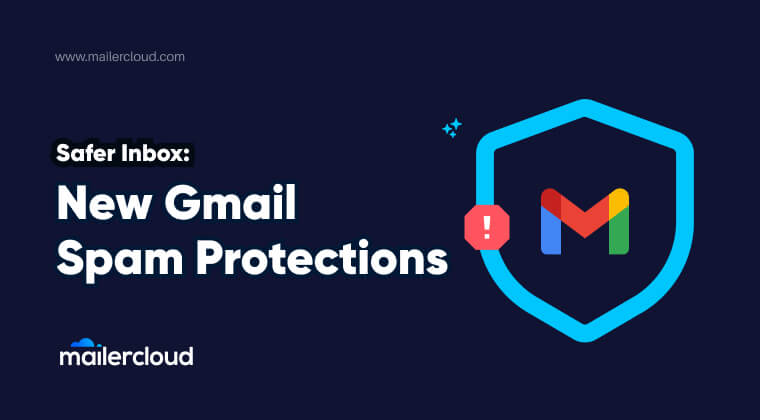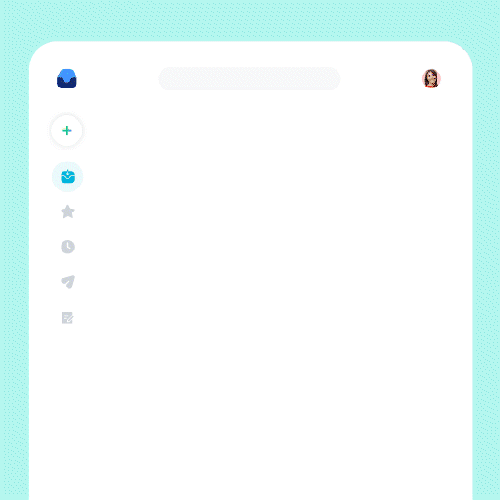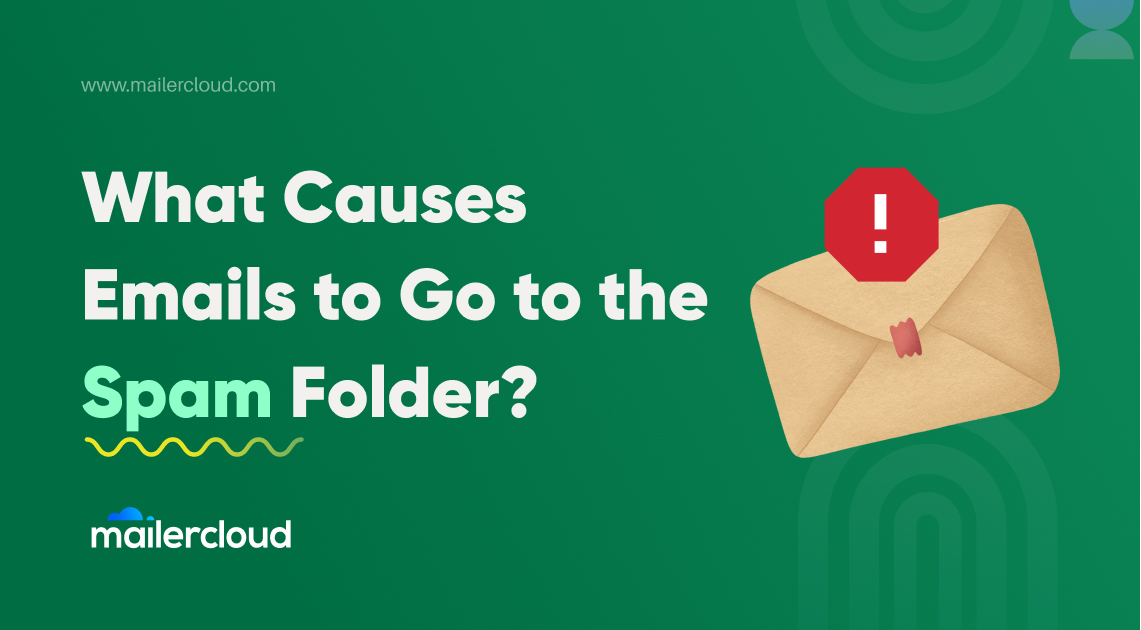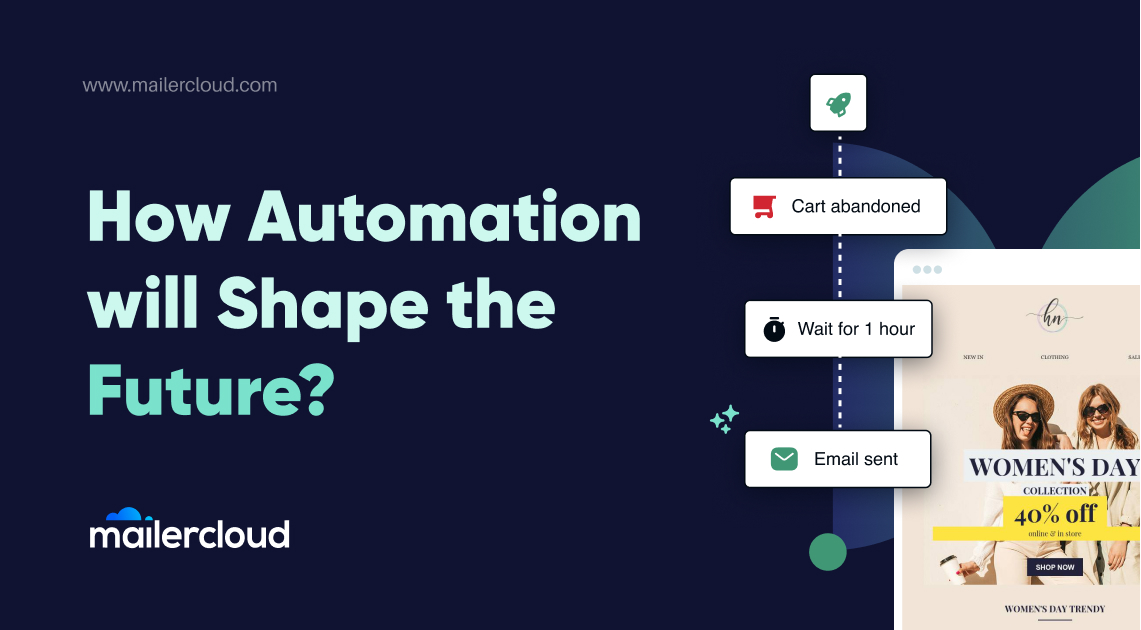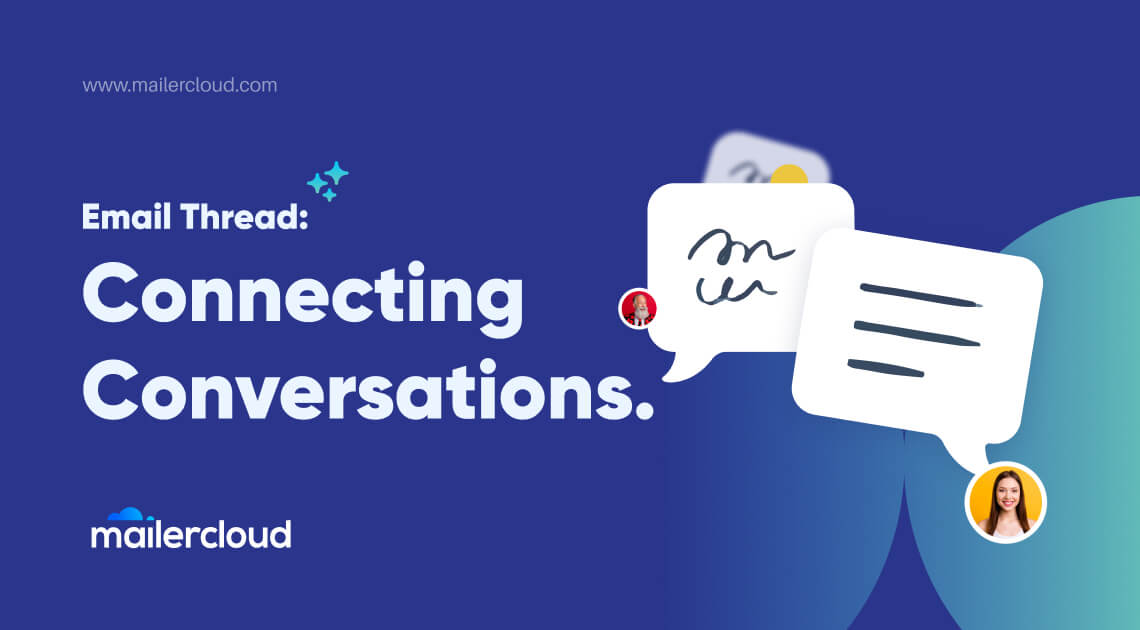In February 2024, Google announced significant updates to Gmail’s security protocols, focusing on enhancing email authentication to better protect users from spam, phishing, and spoofing. With an ever-increasing volume of email threats, these new protections are a crucial step in ensuring the safety of Gmail users.
This article delves into what these changes mean, how they affect both individual users and bulk senders, and why understanding these updates is essential for anyone using Gmail.
Table of Contents
Introduction to Email Security in Gmail

Email security has always been a top priority for Gmail, protecting users from unwanted or harmful messages. With billions of emails sent to Gmail addresses daily, Google’s efforts to fight spam and phishing are ongoing and evolving.
Email security in Gmail incorporates advanced algorithms and machine learning techniques to identify and block threats before they reach the Gmail account. These measures are constantly updated to adapt to new types of cyber threats, ensuring that Gmail remains a safe and reliable platform for communication.
What Are the New Gmail Protections?
In February 2024, Google introduced new authentication requirements for emails sent to Gmail users. These include stricter verification of the sender’s identity and domain to significantly reduce the amount of spam and phishing emails.
The key aspects of these new protections include:
- Sender Identity Verification: Ensures that the email sender is indeed who they claim to be. This involves stricter checks against the sender’s email address to verify its authenticity.
- Domain Authentication: Involves the use of standards such as SPF (Sender Policy Framework), DKIM (DomainKeys Identified Mail), and DMARC (Domain-based Message Authentication, Reporting, and Conformance) to verify that the domain from which the email is sent is authorized by the domain owner. This helps in preventing impersonation and domain spoofing.
- Improved Filtering Algorithms: Enhanced algorithms to better identify and filter out spam and phishing emails before they reach the user’s inbox.
These gmail security measures are designed to significantly reduce the volume of unwanted emails and increase the overall security for Gmail users by ensuring that only verified and authenticated emails reach their inboxes.
Related Guide: The New Sender Requirements for Gmail and Yahoo in 2024
Why Is Authentication Crucial for Email Security?
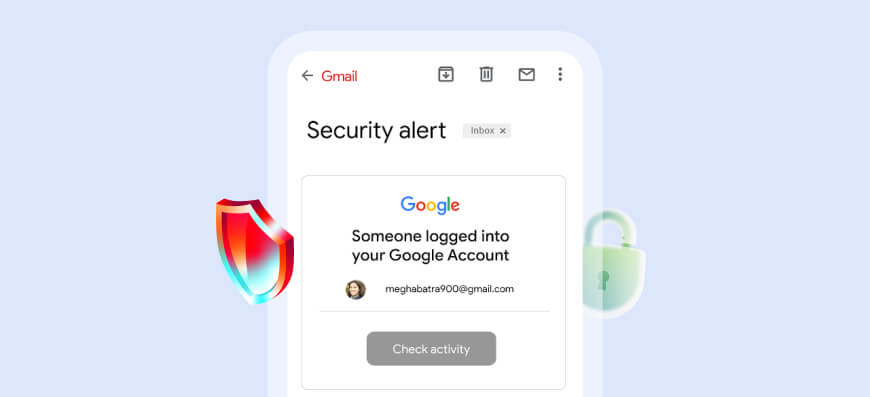
Authentication helps verify that an email comes from the stated sender, making it harder for spammers and phishers to reach your inbox. By enforcing stronger authentication methods, Gmail aims to make every email more secure and trustworthy.
Authentication is essential for email security because it serves as a barrier against unauthorized access and ensures that the sender of an email is who they claim to be. This verification process is significant in reducing the effectiveness of phishing attacks, where attackers impersonate legitimate entities to steal sensitive information.
By requiring senders to authenticate their email, service providers like Gmail can more effectively filter out malicious emails, ensuring that only genuine communications reach your inbox. This practice is particularly important in maintaining a clear spam rate threshold, as it helps in distinguishing legitimate emails from spam or phishing attempts, making the internet a safer place for communication.
Phishing and Spoofing: What Gmail Users Need to Know
Phishing and spoofing attempts can trick users into giving away personal information. The new Gmail protections aim to stop these deceptive practices by ensuring that only authenticated emails reach users’ inboxes.
Gmail has implemented advanced security features that analyze patterns and behaviors indicative of phishing and spoofing. These measures include warning users about suspicious emails and automatically filtering potential threats to the gmail spam folder.
With machine learning algorithms, Gmail continually adapts to new types of threats, staying one step ahead of attackers. Users are also encouraged to enable two-factor authentication for an additional layer of security, further reducing the risk of unauthorized access to their accounts.
Setting Up Email Authentication: A Guide for Senders
To comply with Gmail’s new requirements, senders must adopt specific authentication methods like SPF (Sender Policy Framework) and DKIM (DomainKeys Identified Mail). This section explains how senders can set up these protocols.
SPF Setup
- Identify Sending Domains: List domains used for sending emails.
- Create SPF Record: A TXT record in your DNS specifying allowed mail servers. Example:
v=spf1 include:_spf.google.com ~all. - Update DNS: Add the SPF record to your domain’s DNS settings.
DKIM Setup
- Generate DKIM Key: Use your email service provider’s tools to create a public/private key pair.
- Add DKIM Record: Publish the public key as a TXT record in your domain’s DNS. The record name is usually in the format
selector._domainkey.yourdomain.com. - Configure Email Server: Ensure your email server or service is configured to sign outgoing messages with the private key.
Adopting these protocols helps ensure your emails reach their intended inboxes and protects against spoofing.
Best Practices for Gmail Users to Avoid Spam
Gmail users can take steps to minimize spam, like regularly updating their settings, being cautious with sharing their email address, and understanding how to unsubscribe from unwanted communications effectively.
- Regularly Update Settings
- Utilize “Filters and Blocked Addresses” to manage unwanted emails.
- Mark suspicious emails as spam to improve Gmail’s filtering.
- Be Cautious Sharing Your Email
- Only share with trusted sources.
- Consider a secondary email for public or uncertain platforms.
- Understand Unsubscribing
- Use the “Unsubscribe” link for unwanted newsletters.
- Report persistent spam sources within Gmail.
Following these guidelines can help keep your inbox clean and secure.
The Impact of New Gmail Rules on Bulk Senders
The new rules pose challenges and opportunities for bulk email senders. Adhering to these guidelines will help maintain their domain’s reputation and ensure their messages reach Gmail inboxes.
The introduction of stricter guidelines by Gmail aims to significantly reduce spam and improve the overall email experience for its users. For bulk senders, this means a greater emphasis on the quality and relevance of the emails they send. Adapting to these changes not only involves compliance with technical standards but also a focus on content that genuinely engages the recipient.
This shift can lead to a more positive perception of email marketing, benefiting both senders and receivers by fostering a cleaner, more valuable inbox experience. Moreover, these rules encourage the adoption of best practices in email marketing, such as regular list cleaning and personalized content, which can lead to higher engagement rates and better campaign performance over time.
Key Takeaways
- Google has introduced stringent email authentication requirements to protect Gmail users from spam and phishing.
- Authentication verifies a sender’s identity, making emails more secure.
- Bulk senders must comply with new rules to avoid being marked as spam.
- Users can adopt best practices to help maintain their inbox’s security.
- The future of email security in Gmail looks promising, with ongoing updates aimed at combating emerging threats.




























